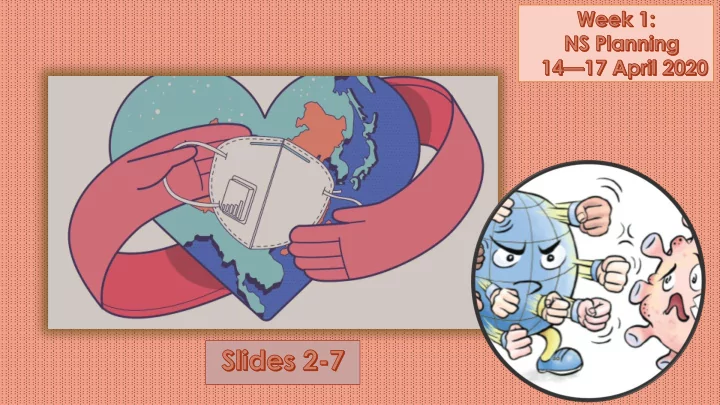

Slide 2: Act 1.Photosynthesis questions: doc p.16 WATCH THE VIDEO:PHOTOSYNTHESIS FOR KIDS 1. What part of the word photosynthesis tells us that these plants need sunlight energy for this process? 2. Photosynthesis occurs in the stem / leaf / roots of the plant? 3. What gas is absorbed by the plant? 4. What gas is released by the plant? 5. What does the plant absorb through its roots during this process? 6. The plant releases a gas during photosynthesis, but what does it produce (make)? It makes food in the form of G…….. (See photo) 7. Remember plants can be a tree, grass, bush, shrub or plant. Give three examples of food that any plant can produce? 8. Thinking Question : Why is it important for humans and animals that we preserve (keep / protect)our plant life and avoid cutting down trees and destroying vegetation? Think of two reasons.
Slide 3: Activity 2: Animals’ life processes doc p.17 1 Animals / mammals, unlike plants, cannot produce their own food. They eat plants or other animals to get energy to survive and to fulfill their life processes. Task : 2 1. Animals need energy to perform these processes. Name the seven life processes . 2. You have studied the animal feeding groups in term 1 under Interdependence. These photos show 4 types of animal feeding groups. 3 List the four groups 1-4 and explain in a brief sentence why they are classified (grouped) as such e.g. no….. is a ……… herbivore as it eats……. 3 . Find 4 of your own pictures from magazines/ the internet/ own drawings to show another example of each of these groups. 4
Slide 4: Activity 3: Food Chains doc p.18 Info block 1: Vocabulary: Please copy these key words under the heading above . producers : plants that produce or make their own food consumers : animals are unable to produce their own food, so they consume (eat) plants and animal energy flow : energy that is passed on from one organism to the next. food chain : the order in which animals eat plants and other animals to get energy There is a feeding relationship between producers and consumers . We call this relationship a food chain. • Plants are the producers. • Animals are the consumers Info block 2 : A food chain describes how energy is passed from one organism to the next. • When we draw a food chain we use an arrow between organisms to show that one eats the other and that energy is transferred from the one organism to the next. • A simple food chain is: grass cow human. Do not get confused. Although the arrow points forward, it does not mean that the grass eats the cow and the cow eats the human – the arrow shows an energy transfer only. You read the food chain backwards. Human eats cow that eats grass.
Slide 5: Activity 4: Food Chains doc p.18 Design your own food chains on an A4 piece of white / coloured paper. See my e.g. alongside. Source /draw basic pics. 1. Have a heading: FOOD CHAINS 2. Label in black fineliner. Arrows in red. 3. Start with a producer (plant). 2. The 2 nd link has to be a herbivore as it is a plant eater. 3. The 3 rd and 4 th links are either carnivores or omnivores. There does not have to be a 5 th link. 4. There is also another example on slide 4.
Slide 6: Activity 5: Fun activity: Food Chains poem: doc p. 18/19 The Jung ngle le There e are the tiger er cubs bs that t were fed by the fier erce e tigress ss that t caugh ught t the rabbit bbit that t munc nched hed on on grass ass that t grows in the jung ngle le where e Themba mba would ld love to play! y!
Slide 7: Activity 6: Food Chains graph : ❑ Act 6 (a) Redraw the table. Decide which feeding group the animals in the busveld below to. List if they eat plants/meat or plants and meat. ❑ Act 6 (b) Draw a bar graph on the lined paper below the table. Each bar shows the no. of animals in each group. (green: herbivores; red: carnivores; yellow: omnivores) Heading : Feeding groups in the busveld ; x-axis: 3 bars: feeding groups; y-axis: no. of animals: count from 0-7: each line is a no. ❑ Have a key showing the 3 colours of your bar graphs. Act 6 (a) ANIMAL FEEDING GROUP FOOD EATEN NAME OF ANIMAL 1. bird omnivore plants and meat 2. baboon 3. zebra 4. locust 5. snake Platinum NS and Technology Gr 5 p.44 6. buck 7. lion
Recommend
More recommend